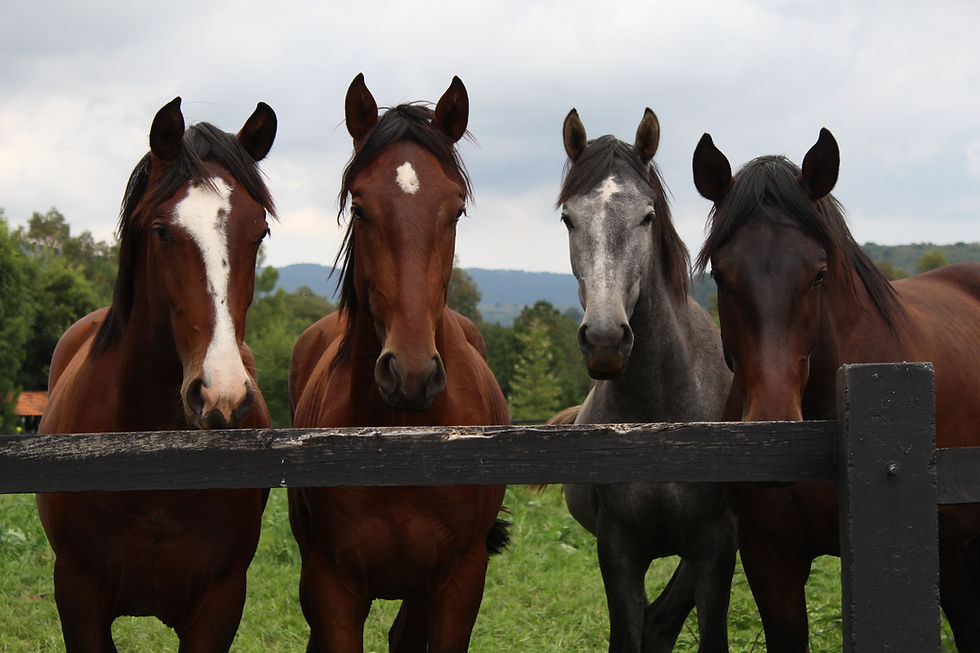The Ins and Outs of Roping Cattle for Pros and Beginners
- stevebarth
- Jun 21, 2023
- 2 min read

Roping cattle is an essential skill that is rooted in the traditions of the American West. Whether you are a cowboy or a rancher, roping cattle is an integral part of tending to a cattle herd. However, understanding the basics of roping cattle can be challenging, especially for beginners. In this guide, we will explore the fundamental principles of roping cattle, including the equipment needed, the different types of ropes, and the techniques used by professionals.
Equipment Needed for Roping Cattle
To get started with roping cattle, you will need a few basic pieces of equipment. These include a rope, a saddle, and a horse. The type of rope you choose will depend on your experience level and the purpose of your roping. For beginners, a softer rope will be easier to handle, while for experienced cowboys, a stiffer rope is more effective in catching cattle.
The saddle is another essential piece of equipment required for roping cattle. A good saddle should have a comfortable seat, stirrups, and a horn that can help you secure the rope once you have lassoed the animal.
Lastly, you need a reliable horse that can run steadier than the cattle. A trained horse can help you catch the cattle more effectively.
Different Types of Ropes
There are two main types of ropes that cowboys use when roping cattle: the lariat and the lasso. The lariat, also known as a "reata," is made of hemp, sisal, or nylon. In comparison, the lasso is made of several strands of rope twisted together.
Each type of rope has its advantages and disadvantages. For instance, the lasso is a popular choice among cowboys because it is easy to handle and is more durable than the lariat. On the other hand, the lariat is more lightweight and, with practice, can be more effective in catching cattle.
Techniques Used in Roping Cattle
To be able to successfully rope cattle, there are several techniques used by cowboys. These techniques include:
Heel catching - this technique involves catching the back legs of the animal after it has been roped.
Header catching - this technique involves catching the head of the animal with the lasso.
The Hooey - this technique involves securing the lasso quickly to the saddle after the calf has been caught.
Tips for Beginners
If you are new to roping cattle, it is essential to start small. Begin with a small herd and gradually work your way up. Additionally, it's important to practice with a seasoned cowboy who has extensive experience in roping cattle. This way, you can learn from their techniques and get helpful advice.
Another tip for beginners is to ensure your lasso rope is stiff enough to control the catch. You should also aim to keep the slack of the rope tight so that the calf does not escape. With regular practice and dedication, you can become a proficient roper.
Roping cattle is an essential skill for cowboys and ranchers. Understanding the equipment needed, different rope types, and techniques used by experts can help you become a proficient roper. Remember, practice and experience are essential in roping cattle and starting small and gradually working your way up is the key. With the right combination of equipment, techniques, and skills, anyone can learn to rope cattle like a pro.


